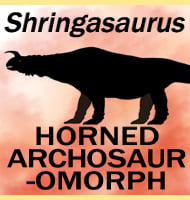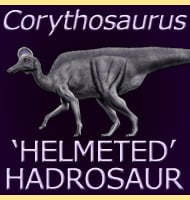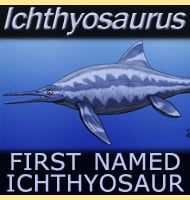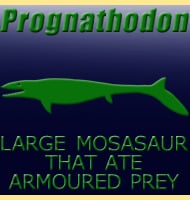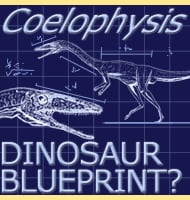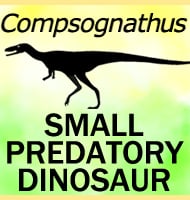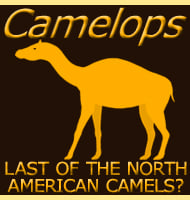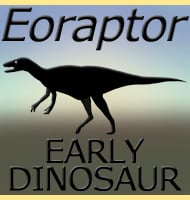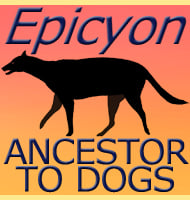In Depth
Originally thought to be a cynodont, Lycorhinus was not realised to be a dinosaur until 1962 when Alfred Walter Crompton studied the holotype. Many remains have been attributed Lycorhinus in the past, but most of these have now been moved to other species of different genera, two examples being UCL A100 and UCL B54 (partial skull and partial skull and skeleton respectively) being moved to create the genus Abrictosaurus. One genus however, Lanasaurus named by Christopher Gow in 1975 is now regarded by palaeontolgists (including Gow himself) as being a synonym to Lycorhinus. Unfortunately this has not done much to increase the known fossils of Lycorhinus since Lanasaurus was based upon only a partial maxilla.
Further Reading
- The fauna and stratigraphy of the Stormberg Series, Sidney H. Haughton - 1924. - A tooth-bearing maxilla referable to Lycorhinus angustidens Haughton, Christopher E. Gow - 1990.

